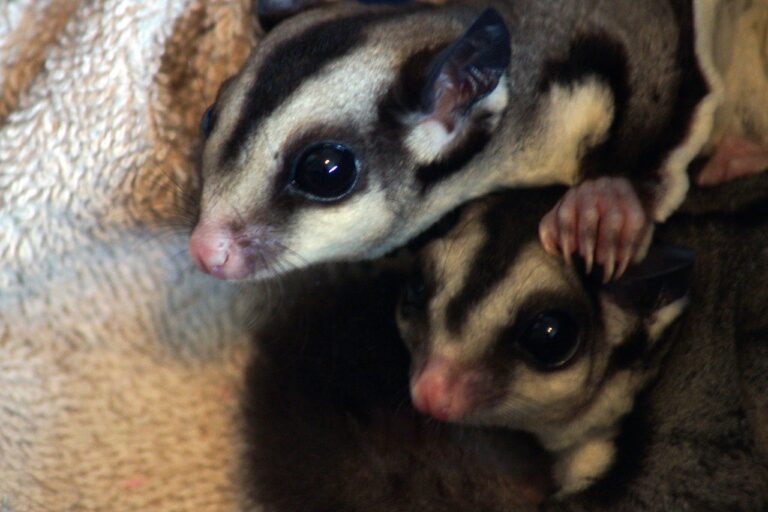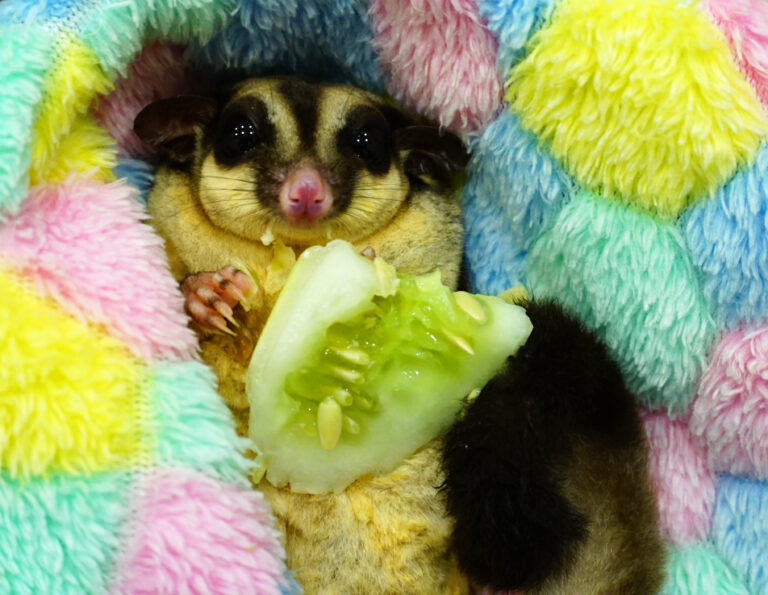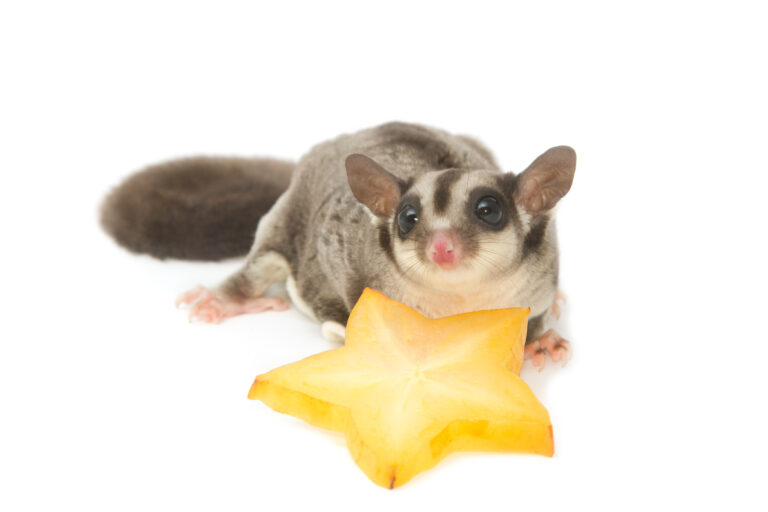Creating the Perfect Habitat for Sugar Gliders
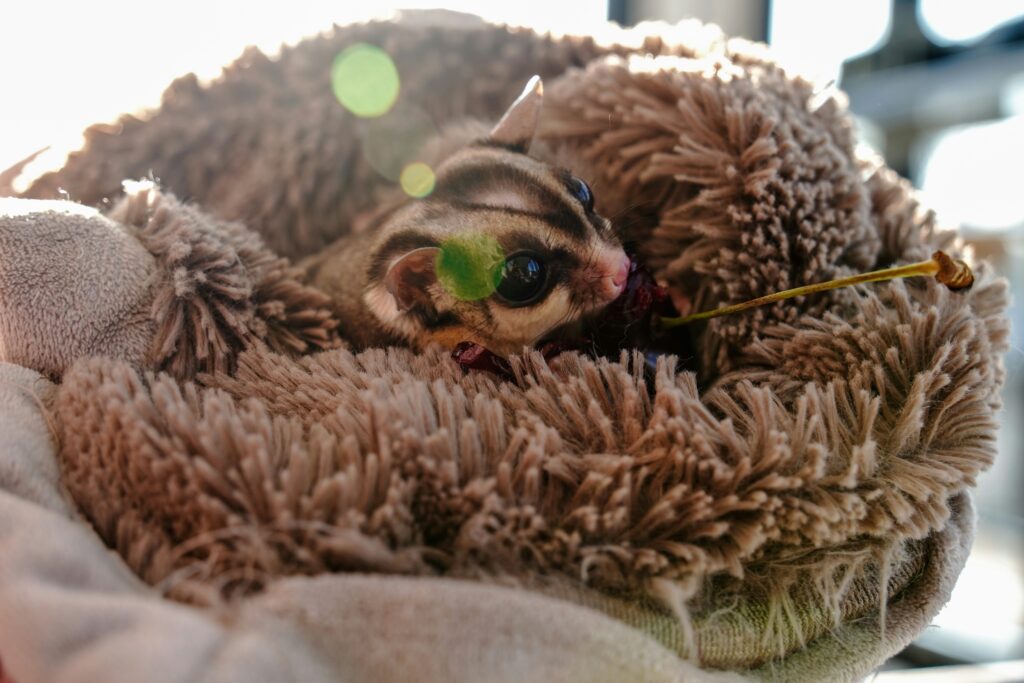
Sugar gliders are adorable exotic pets with unique characteristics and lively personalities. Because of some of these characteristics, it’s crucial to provide them with a habitat that meets their physical, mental, and behavioral needs.
In this guide, we’ll delve into the intricate details of creating the perfect sugar glider habitat for your furry friend!
Understanding the Sugar Glider’s Natural Habitat
Before delving into the specifics of creating the perfect habitat, it’s essential to understand the natural habitat of sugar gliders. In the wild, sugar gliders are found in the forests of Australia, Indonesia, and Papua New Guinea. They are arboreal creatures, meaning they spend most of their time in trees, where they forage for food, nest, and glide from branch to branch.
The forest canopy provides sugar gliders with ample opportunities for climbing, jumping, and gliding, while also offering protection from predators. Mimicking this natural environment in captivity is key to ensuring the physical and psychological well-being of sugar gliders.
Selecting the Ideal Cage
Choosing the right cage is the foundation of creating an optimal habitat for sugar gliders. Here’s what to consider when selecting a cage:
Size: Opt for the largest cage possible to provide ample space for your sugar gliders to move around and engage in natural behaviors. A general rule of thumb is to aim for a cage that is at least 24 inches wide, 24 inches deep, and 36 inches tall for a pair of gliders. However, bigger is always better.
Bar spacing: Ensure that the spacing between bars is narrow enough to prevent your gliders from escaping. A bar spacing of 0.5 inches to 0.75 inches is recommended to prevent accidents.
Material: Choose a cage made of sturdy, non-toxic materials such as powder-coated metal. Avoid cages with wire mesh floors, as they can cause foot injuries.
Accessibility: Opt for a cage with multiple doors and access points to facilitate cleaning and maintenance. This will also make it easier to interact with your gliders and provide enrichment.
Vertical space: Sugar gliders are excellent climbers and need vertical space to satisfy their natural instincts. Select a cage with multiple levels, platforms, and branches for climbing and perching.
When setting up the cage, place it in a quiet, low-traffic area of your home away from drafts, direct sunlight, and extreme temperatures.
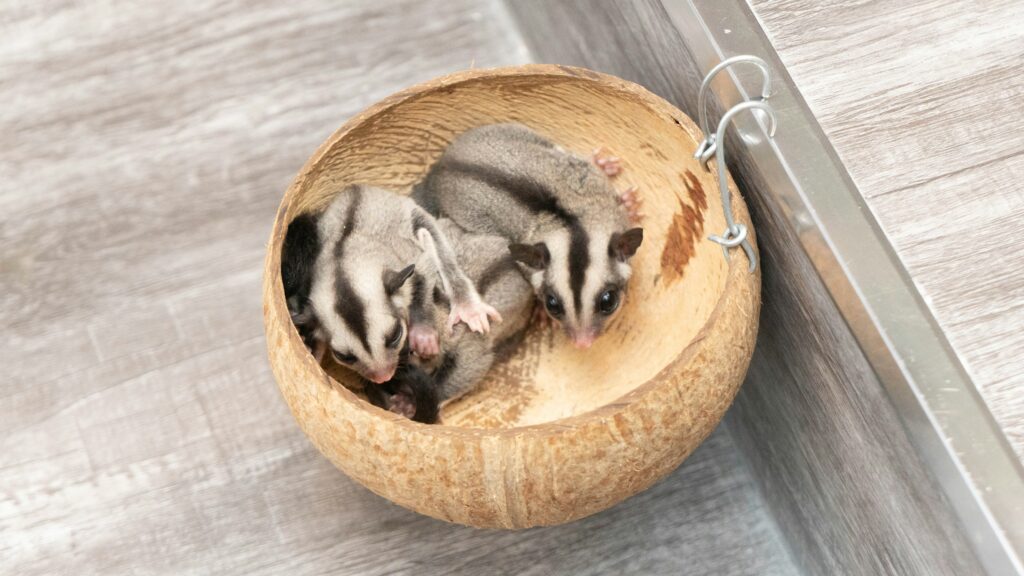
Cage Setup and Enrichment
Once you’ve chosen the perfect cage, it’s time to set it up with enriching features and accessories to keep your sugar gliders happy and stimulated. Here’s what to include:
Branches and perches: Provide natural branches or wooden perches of varying thickness and texture inside the cage to mimic the forest environment. Securely attach them to the sides of the cage to prevent accidents.
Nesting boxes or pouches: Sugar gliders need a cozy and secure place to sleep during the day. Offer multiple nesting boxes or pouches filled with soft bedding material such as fleece or shredded paper. These should be placed in elevated positions to mimic tree hollows.
Toys and enrichment: Offer a variety of toys and enrichment activities to keep your sugar gliders mentally and physically engaged. Include items such as wheels, tunnels, hammocks, ropes, and puzzle feeders to encourage exploration, exercise, and foraging.
Hideouts and tunnels: Sugar gliders appreciate hiding spots where they can retreat and feel safe. Provide hideouts such as coconut shells, PVC pipes, or fabric pouches for them to rest and relax. Tunnels and tubes can also be added to the cage to create additional hiding places and exploration opportunities.
Food and water dishes: Use shallow, heavy-bottomed dishes or bowls for food and water, ensuring they are securely attached to prevent spills. Consider using ceramic or stainless steel dishes, as they are durable and easy to clean.
It’s essential to regularly rotate and refresh the toys and enrichment items in the cage to prevent boredom and keep your sugar gliders engaged.
Environmental Considerations
Creating the right environmental conditions is crucial for the health and well-being of your sugar gliders. Here’s what to consider:
Temperature and humidity: Sugar gliders are native to warm, humid climates and require specific temperature and humidity levels to thrive. Maintain a temperature range of 70°F to 90°F (preferably 80°F to 88°F) and a relative humidity of 50% to 70% in the cage. Use a digital thermometer and hygrometer to monitor these parameters and make adjustments as needed.
Lighting: Sugar gliders are nocturnal animals and are sensitive to bright light. Provide a dimly lit environment during the day, preferably with natural indirect sunlight or low-intensity artificial lighting. Avoid using bright overhead lights or exposing your gliders to direct sunlight, as this can disrupt their sleep patterns.
Ventilation: Ensure adequate ventilation in the cage to prevent the buildup of ammonia and odors. Choose a cage with bars instead of one that is fully enclosed and avoid overcrowding the cage with excessive bedding or accessories.
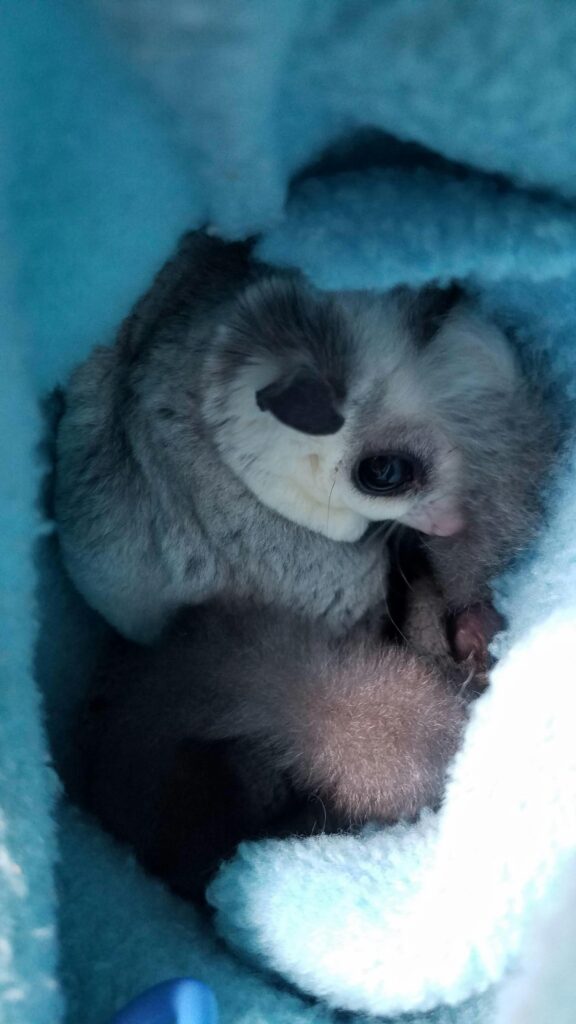
Maintenance and Cleaning
Maintaining a clean and hygienic habitat is essential for preventing health issues and ensuring the well-being of your sugar gliders. Here’s what to do:
Spot cleaning: Remove soiled bedding, uneaten food, and waste from the cage daily to maintain cleanliness and prevent odors. Spot clean any dirty areas with pet-safe disinfectant wipes or a mild soap solution.
Weekly cleaning: Perform a thorough cleaning of the cage and its contents on a weekly basis. Remove all accessories, bedding, and toys from the cage and wash them with hot water and a mild detergent. Rinse thoroughly and allow them to dry completely before reassembling the cage.
Monthly deep cleaning: Once a month, conduct a deep cleaning of the entire cage and its contents. Disassemble the cage completely and wash all surfaces with a pet-safe disinfectant. Rinse thoroughly and allow the cage to air dry before reintroducing your sugar gliders.
During the cleaning process, ensure that your sugar gliders are safely housed in a temporary enclosure or carrier to prevent escape or injury.
Interaction and Bonding
Creating the perfect habitat for your sugar gliders is not just about the physical environment but also about providing opportunities for interaction and bonding. Here’s how to build a strong bond with your gliders:
Handling and socialization: Spend time interacting with your sugar gliders daily, offering treats, gentle handling, and engaging them in play activities. Approach them calmly and speak to them in soothing tones to build trust and confidence.
Respect their boundaries: Pay attention to your glider’s body language and respect their boundaries. If they show signs of stress or discomfort, give them space and try again later.
Provide mental stimulation: Offer a variety of enrichment activities and toys to keep your sugar gliders mentally stimulated and prevent boredom. Rotate and introduce new toys regularly to keep them engaged and curious.
Establish a routine: Stick to a consistent daily routine for feeding, handling, and playtime to help your sugar gliders feel safe and secure. Establishing a predictable schedule will also help reduce stress and anxiety in your gliders.
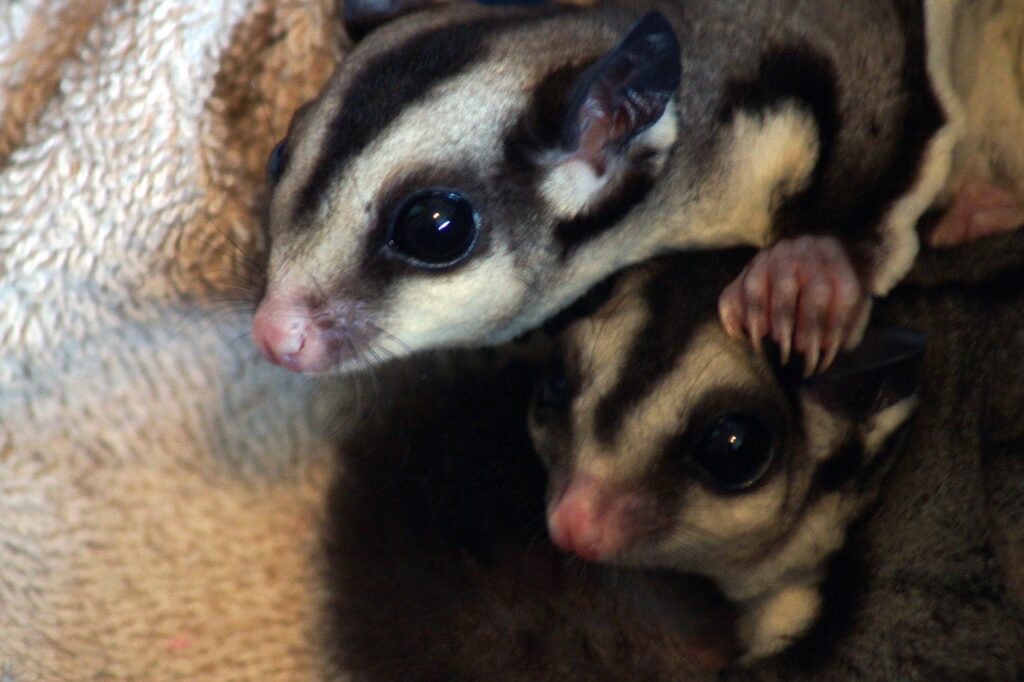
Safety Considerations
When designing your sugar glider’s habitat, it’s essential to prioritize their safety and well-being. Here are some safety considerations to keep in mind:
Avoid toxic materials: Ensure that all cage accessories, toys, and substrates are made from non-toxic materials that are safe for sugar gliders. Avoid using cedar or pine bedding, as these can emit harmful aromatic oils that can irritate their respiratory system.
Check for hazards: Regularly inspect the cage for any potential hazards or safety concerns, such as sharp edges, loose wires, or small gaps where your gliders could get stuck. Remove or modify any items that pose a risk to your pets.
Monitor for signs of stress or illness: Keep a close eye on your sugar glider’s behavior and health status, and seek veterinary attention if you notice any signs of stress, illness, or injury. Prompt intervention can help prevent serious health issues and ensure the well-being of your pets.
By prioritizing safety and taking proactive measures to create a hazard-free environment, you can provide your sugar gliders with a secure and comfortable habitat where they can thrive and flourish.
Customizing the Habitat
Every sugar glider is unique, and it’s essential to tailor their habitat to meet their individual preferences and needs. Pay attention to your glider’s behavior, preferences, and interactions with their environment, and make adjustments accordingly. Here are some ways to customize your sugar glider’s habitat:
Observation and experimentation: Spend time observing your sugar glider’s behavior and interactions with their cage and accessories. Experiment with different toys, enrichment activities, and cage layouts to see what they enjoy most.
Rotate and refresh: Regularly rotate and refresh the toys, bedding, and accessories in the cage to prevent boredom and keep your sugar gliders engaged. Introduce new items and rearrange the cage layout periodically to provide novelty and mental stimulation.
By customizing their habitat to suit their individual preferences and needs, you can create a personalized and enriching environment where your sugar gliders can thrive and express their natural behaviors.
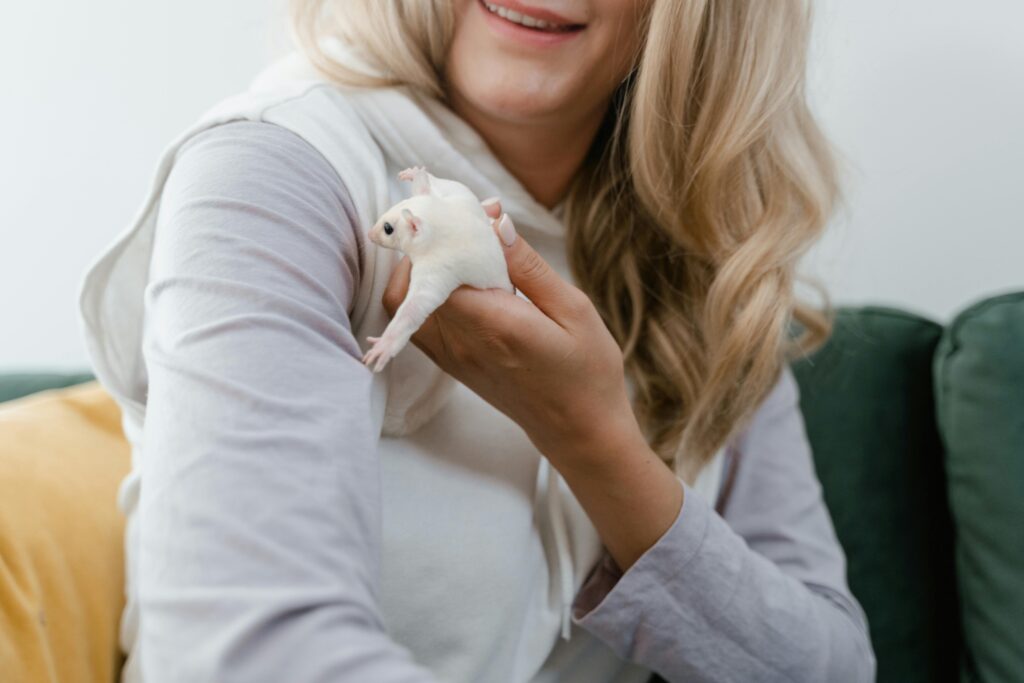
Conclusion
Creating the perfect habitat for sugar gliders requires careful consideration of their natural habitat, behavioral needs, and safety considerations. From selecting the right cage and accessories to incorporating naturalistic elements and prioritizing safety, every aspect of your sugar glider’s habitat plays a crucial role in their overall quality of life.
By following the guidelines outlined here and continually observing and adapting to your sugar glider’s preferences, you can create a home sweet home where they can thrive and flourish for years to come!


